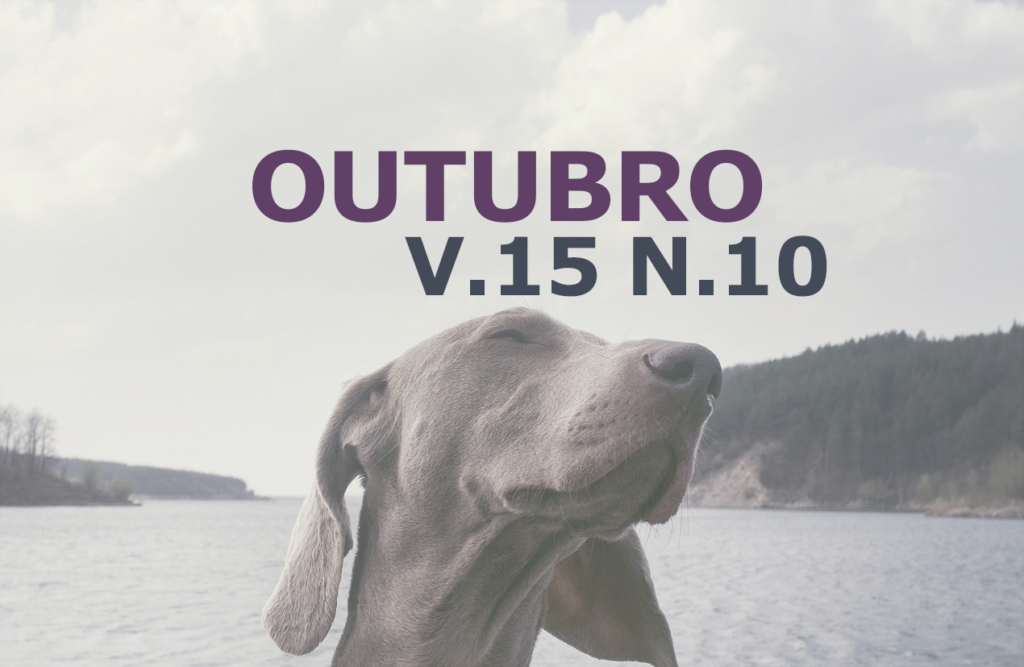Necroscopic findings of visceral uric gout in rainbow loris (Trichoglossus haematodus): Case report
DOI:
https://doi.org/10.31533/pubvet.v15n10a948.1-7Keywords:
Birds, urate crystals, metabolic disorder, hyperuricemia, necropsyAbstract
Uric gout is a common disorder in birds kept in captivity as companion animals, being characterized by the deposit of urate crystals in several organs, which can present as visceral or articular gout. This case report deals with the macroscopic findings of visceral uric gout at the necropsy of a rainbow lory (Trichoglossus haematodus). The necropsy highlighted the diffuse accumulation of urate on the pericardium, liver, intestines, spleen and kidneys, with no signs of joint gout. These lesions found are consistent with what has been described in the literature regarding visceral uric gout. In addition to these, we also found: hepatomegaly with altered liver color, which may be suggestive of hepatic lipidosis. Knowing that gout is a metabolic disorder, there are several possibilities for its onset, usually associated with nutritional causes such as: excess protein in the diet, toxicosis by hypervitaminosis D3, vitamin A deficiency and excess calcium, in addition to renal failure or severe dehydration, with vitamin A deficiency being closely linked to kidney damage. Hyperuricemia, one of the factors that precedes gout, may be associated with fasting and a lysine-deficient diet. Nutritional factors are important in the case report, since the rainbow loris is a species with extremely specific habits, consuming foods with lower protein levels than other parrot species. This is the first report of visceral uric gout in Trichoglossus haematodus.
Downloads
Published
Issue
Section
License
Copyright (c) 2021 Gabriel Almeida Moreira da Silva, Thalita Michelle Queté dos Reis

This work is licensed under a Creative Commons Attribution 4.0 International License.
Você tem o direito de:
Compartilhar — copiar e redistribuir o material em qualquer suporte ou formato
Adaptar — remixar, transformar, e criar a partir do material para qualquer fim, mesmo que comercial.
O licenciante não pode revogar estes direitos desde que você respeite os termos da licença. De acordo com os termos seguintes:
Atribuição
— Você deve dar o crédito apropriado, prover um link para a licença e indicar se mudanças foram feitas. Você deve fazê-lo em qualquer circunstância razoável, mas de nenhuma maneira que sugira que o licenciante apoia você ou o seu uso. Sem restrições adicionais
— Você não pode aplicar termos jurídicos ou medidas de caráter tecnológico que restrinjam legalmente outros de fazerem algo que a licença permita.





